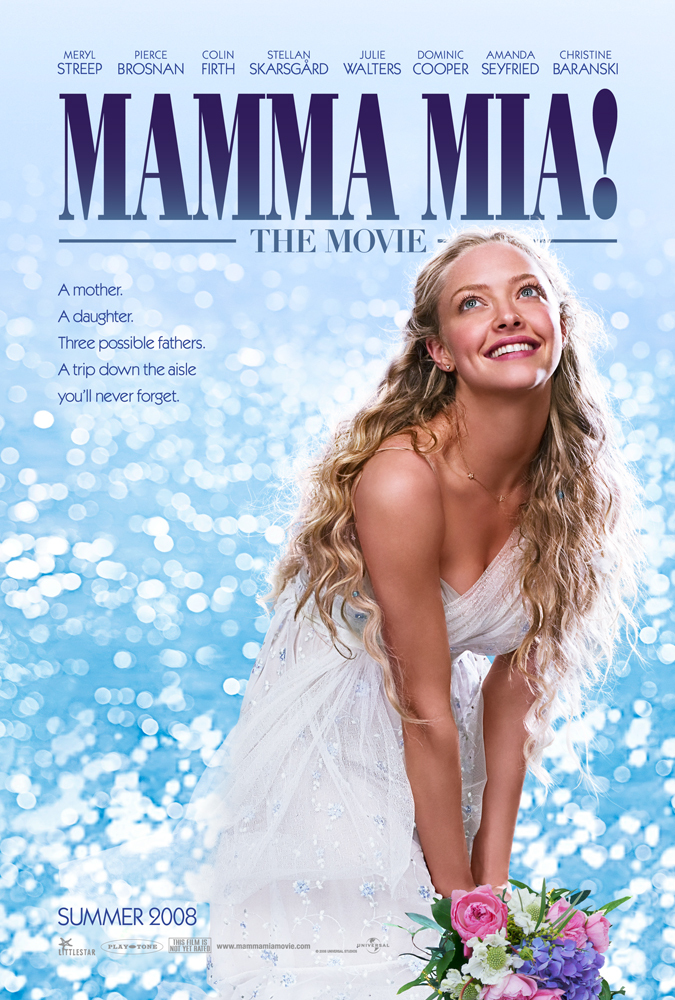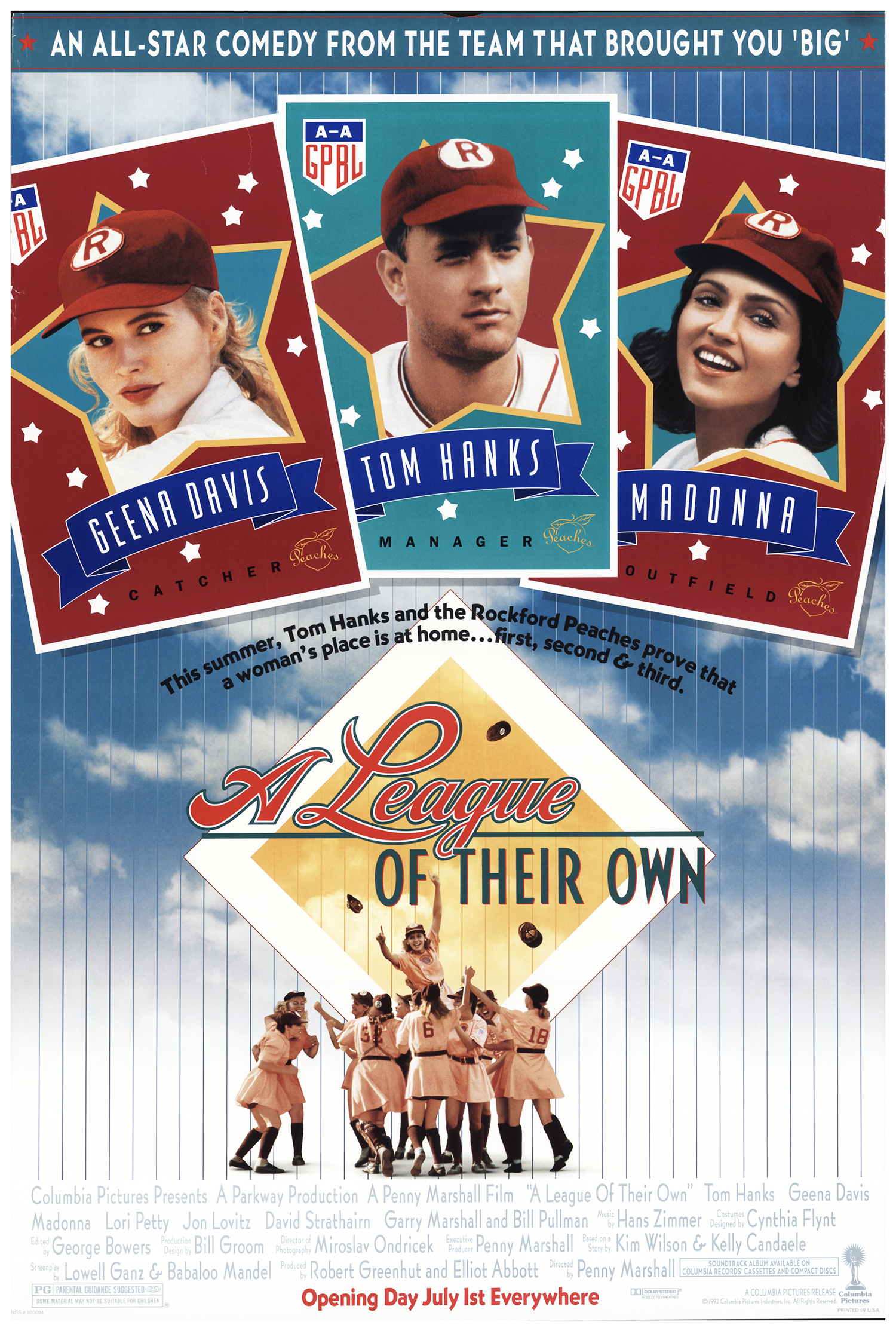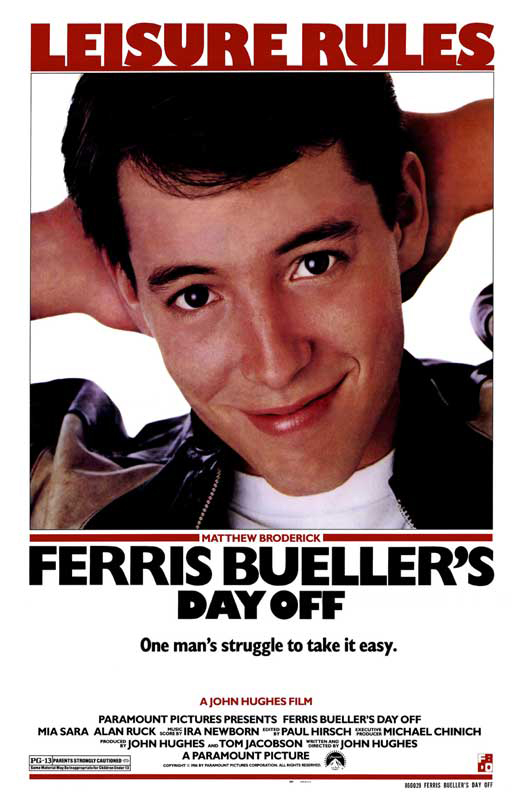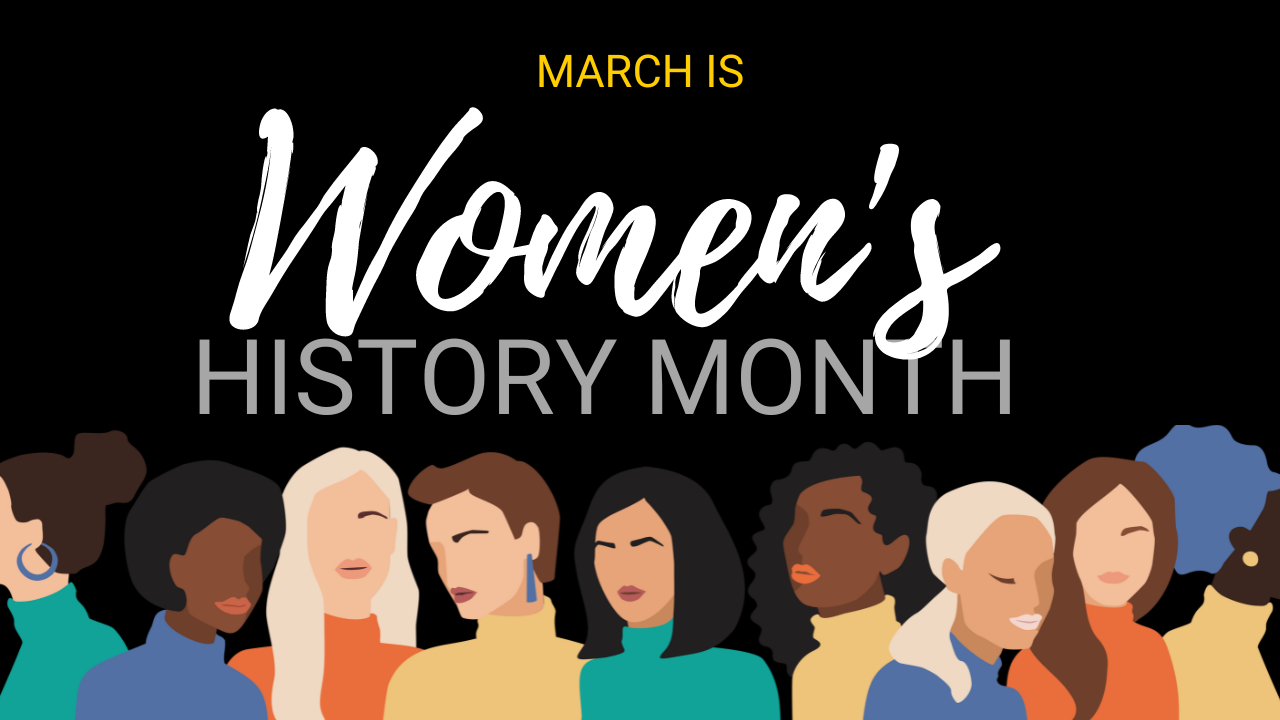Cat in the Stax: Self Care
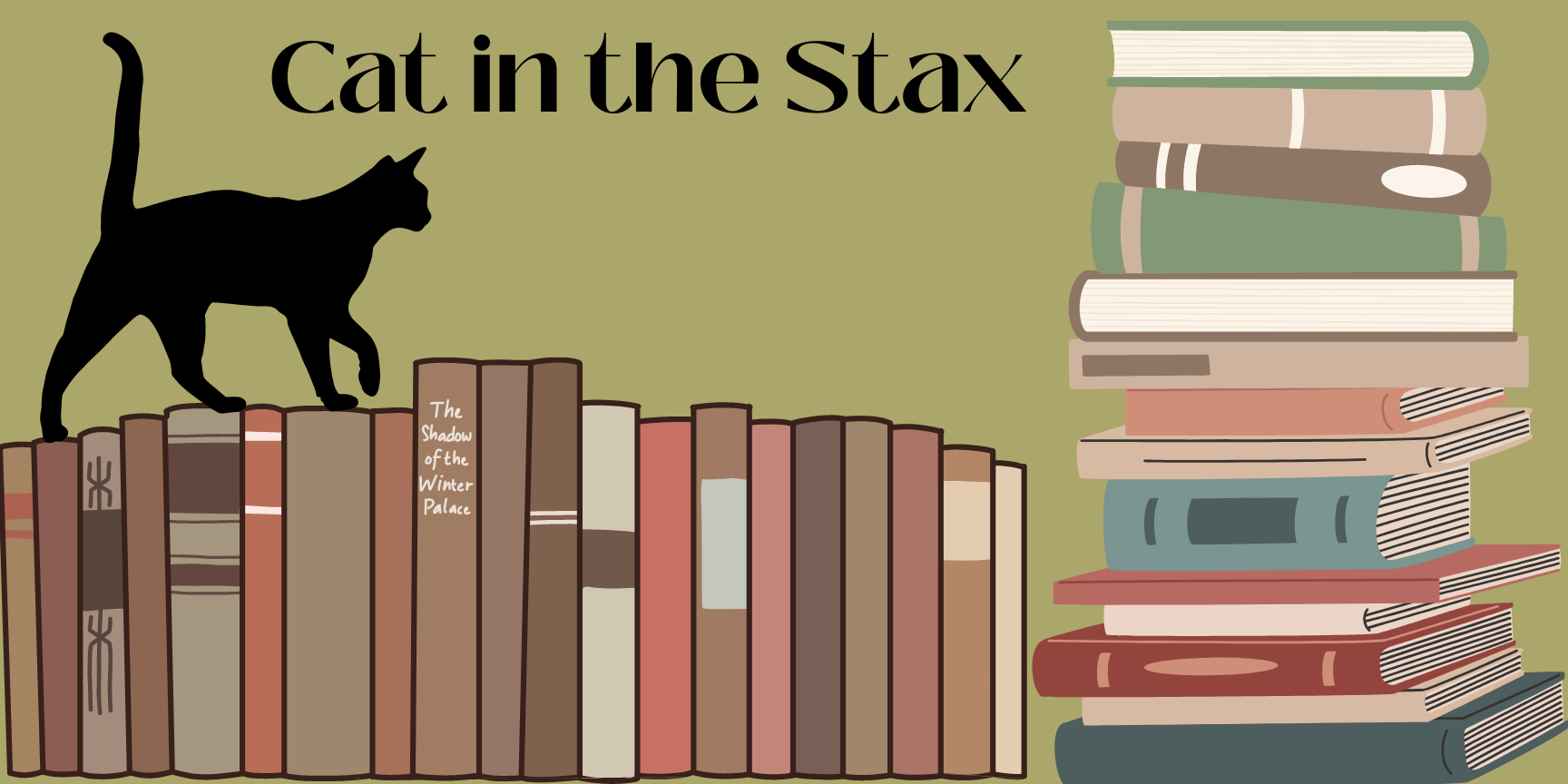
As Falvey’s Cat in the Stax, Rebecca writes articles covering a broad range of topics, from academics to hobbies to random events. All the while highlighting how Falvey Library can enhance your Villanova experience!
Happy Wednesday, Wildcats! The last day of classes is next Thursday, can you believe it? It feels so close yet so far at the same time. I know most of you are probably feeling burnt out right now, I sure am. Aware that this is a stressful time for students, I’ll keep this post short, but that doesn’t make the message any less important.
Self-care is critical for our physical and mental well-being. You’ve definitely heard this term before–it means caring for yourself. By looking after yourself and taking care of often-ignored needs, you can benefit your overall well-being and improve your productivity in the long run. The benefits of continuous self-care include improved physical, mental, and emotional health, increased productivity, better social relationships, heightened self-esteem, and decreased chances of burnout.

Photo by Content Pixie from Unsplash.com
Taking a step away from your work is necessary every once in a while. Make some time these next few weeks to take a break and relax, even if it’s only for five minutes. Do something for yourself that makes you happy. Below are a variety of ways you can engage in some self-care:
Physical:
- Work out
- Take a walk
- Sit outside in the sun and fresh air
- Eat well
- Get 7-9 hours of sleep each night
Mental/Emotional:
- Talk to someone–a friend, relative, therapist, professor, mentor, etc.
- Journal
- Stay Positive
- Volunteer
- Meet up with friends and family
- Read a book
- Do something artistic
- Watch a movie
Spiritual:
- Meditate/Pray
- Practice Mindfulness
- Practice Yoga
If you happen to be studying in Falvey on May 3, please take some time to check out our Stress Busting Open House from 11 a.m. to 1 p.m. The Library will have snacks, fun activities, and some cute furry friends! It will be a great way to take a break from work and re-energize yourself!
Looking to get involved in making a difference? Villanova has organized a myriad of events over the next two weeks to celebrate Earth Week. Click here to look at what’s being offered and to sign up!
 Rebecca Amrick is a first-year graduate student in the English Department and a Graduate Assistant at Falvey Library.
Rebecca Amrick is a first-year graduate student in the English Department and a Graduate Assistant at Falvey Library.



